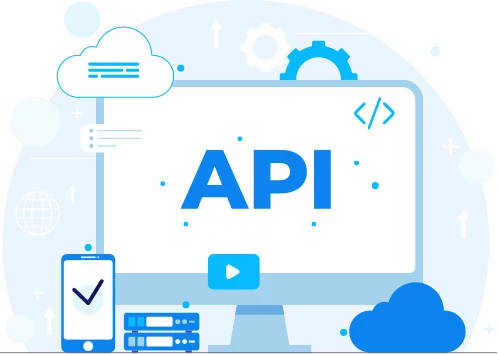1. Introduction to Real-Time Tracking Applications
Real-time tracking applications allow users to track the location, status, or movement of assets, vehicles, or objects in real-time. These applications have a wide range of applications across various industries, including logistics, transportation, e-commerce, and fleet management. By providing real-time updates, these applications enable businesses to make data-driven decisions, improve operational efficiency, and enhance customer satisfaction.
![]()
2. Understanding the Roadlinx API
The Roadlinx API is a powerful tool that provides developers with the necessary functionalities to integrate real-time tracking into their applications. It offers a robust set of features and capabilities that make it easier to retrieve, process, and visualize real-time tracking data. With Roadlinx API, developers can access location information, set up geofences, receive notifications and alerts, and much more.
3. Setting Up Roadlinx API Integration
To start building real-time tracking applications with Roadlinx API, you need to set up the integration. The first step is to sign up for a developer account on the Roadlinx API website. Once you have an account, you can generate API keys that will be used to authenticate your requests. These keys ensure that only authorized users can access and manipulate the tracking data.
4. Retrieving Real-Time Tracking Data
Once the integration is set up, you can start retrieving real-time tracking data from the Roadlinx API. The API provides various endpoints to fetch location information, status updates, and other relevant data. You can make HTTP requests to these endpoints, passing the necessary parameters to filter the data based on your requirements. The API responds with JSON or XML data, which you can parse and process in your application.
![]()
5. Implementing Map Visualization
Visualizing real-time tracking data on a map is crucial to provide users with a clear understanding of the asset’s location or movement. The Roadlinx API offers map integration capabilities, allowing developers to display the tracking data on interactive maps. You can use popular mapping libraries like Google Maps or Mapbox to render the map and overlay the real-time tracking data on it. This visualization enhances the user experience and provides a comprehensive view of the tracked assets. You can also use Solidworks 2023 SP2 Crack for your project building.
6. Sending Notifications and Alerts
Real-time tracking applications often require sending notifications and alerts to users based on specific events or conditions. For example, sending an alert when a delivery vehicle deviates from its planned route or notifying users when an asset enters or exits a geofenced area. The Roadlinx API enables developers to set up triggers and define rules for sending these notifications and alerts. You can configure webhooks or use the API’s event-driven architecture to receive real-time updates and trigger actions accordingly.
7. Optimizing Performance and Efficiency
Building efficient real-time tracking applications requires careful consideration of performance and efficiency. The Roadlinx API provides features to optimize data retrieval and processing. For example, you can specify the desired data granularity or set up caching mechanisms to reduce the number of API calls. Additionally, you can leverage the API’s analytics and reporting capabilities to gain insights into your application’s performance and identify areas for improvement.
8. Ensuring Data Security and Privacy
Real-time tracking applications deal with sensitive location data, making data security and privacy crucial considerations. The Roadlinx API incorporates industry-standard security measures to protect the data transmitted between your application and the API servers. It supports encrypted communication over HTTPS, and you can authenticate requests using API keys or other secure authentication mechanisms. Furthermore, the API allows you to define access control policies and permissions to restrict data access based on user roles and privileges.
9. Scaling and Handling High Traffic
As real-time tracking applications grow in popularity, they need to handle high volumes of traffic and scale seamlessly. The Roadlinx API is designed to handle scalability and high traffic efficiently. It leverages modern cloud infrastructure, ensuring that your application can accommodate a large number of concurrent users and process a high volume of real-time tracking data. The Shipping Company API’s scalable architecture allows it to adapt to varying demands and maintain optimal performance even during peak usage.
10. Best Practices for Real-Time Tracking Applications
When building real-time tracking applications with the Roadlinx API, consider the following best practices:
- Plan and design your application architecture to handle real-time data efficiently.
- Use appropriate data structures and algorithms for real-time data processing and analysis.
- Implement error handling and retry mechanisms to ensure data reliability.
- Regularly monitor and optimize your application’s performance.
- Stay up-to-date with the Roadlinx API documentation and new features to leverage the latest advancements.
11. Conclusion
Real-time tracking applications have revolutionized industries by providing accurate and timely information about the location and movement of assets. With the Roadlinx API, developers have a powerful tool to integrate real-time tracking capabilities into their applications seamlessly. By following best practices and leveraging the API’s features, developers can build robust and efficient real-time tracking applications that enhance user experiences and drive business success.

Leave a Reply